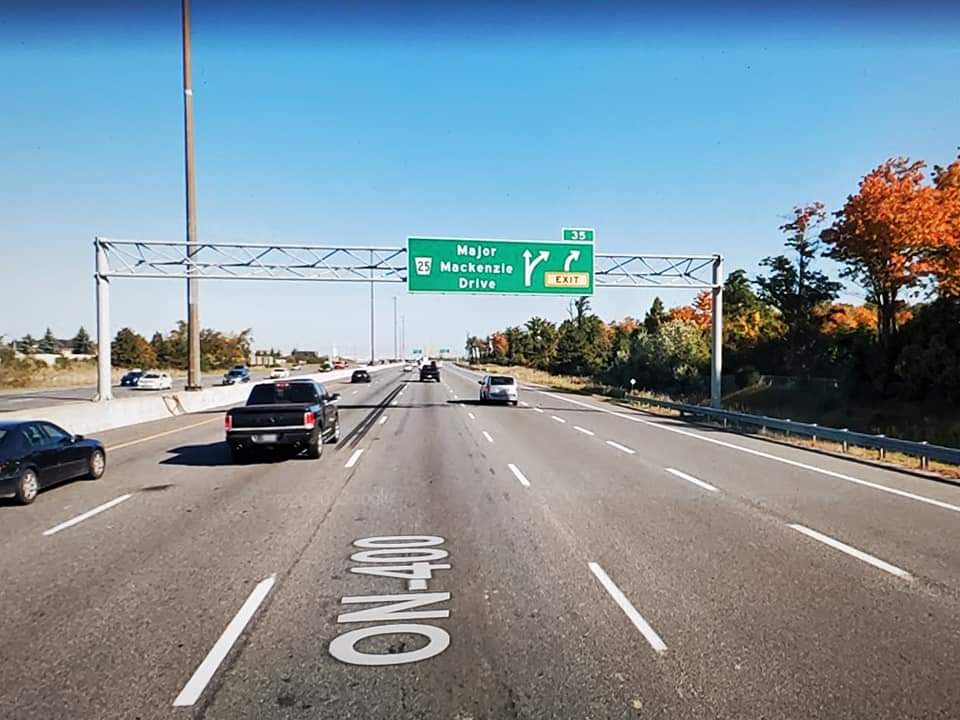
Hello,
Are you nervous about driving on highways (like the 400, 401, 404, 427, etc.)?
Let’s go over some helpful reminders to make your highway driving experience less stressful:
1. Choose low-traffic hours for your first highway drives.
For example, early Sunday mornings can be an excellent time to practice.
2. Plan your route ahead of time.
Use Google Maps to review the highway route, including entry and exit points. Knowing your path will give you more confidence.
3. Learn and follow traffic signs.
Understand what the traffic signs mean and start paying attention to their instructions in advance. For example, exit signs with arrows indicate the upcoming lane you’ll need to take. Start preparing to change lanes as soon as you see these signs.
4. Highway entry is often the most stressful part.
When entering the highway, observe the speed of the vehicles in the left lane. This will help you match the appropriate speed for merging.
5. Merge carefully and check your surroundings.
The entry lane on the highway will usually end shortly after you merge. Use your signal, mirrors, and blind spot checks to ensure it’s safe before merging into traffic.
6. Avoid sudden movements at high speeds.
Highway speeds of 80 km/h or more can make sudden steering, braking, or acceleration feel overwhelming. Try to avoid abrupt actions and focus on smooth movements.
7. How can you tell if the car behind you is in your lane or the next one?
• If you cannot see the car’s headlights or only one headlight in your mirrors, the car is likely in your lane.
• If you see both headlights in your left mirror, the car is in the left lane.
8. Struggling with lane changes?
For example, if you want to move into the right lane and there’s a car in that lane, how do you know if it’s safe to change lanes?
Before changing lanes:
• Look ahead to ensure you maintain a safe following distance with the car in front of you.
• Use your rearview and side mirrors to assess the position of the car in the next lane.
Here’s how:
a) If the car in the right lane appears at the same position in both your side and rearview mirrors, you’re traveling at the same speed, and the distance is likely safe for a lane change.
b) If the car in the right lane appears to shrink toward the center of your mirror, it’s moving slower than you. You can safely change lanes.
c) If the car in the right lane appears to move out of your mirror’s view or only partially visible, it’s in your blind spot. Do not change lanes!
9. Follow traffic signs for exits.
If you miss your exit, don’t make sudden or risky moves to try to take it. Instead, continue to the next exit and adjust your route.
Additional Tips:
Always prioritize safety and double-check your surroundings. When entering, exiting, or changing lanes on the highway, make a habit of using your signals, mirrors, and blind spot checks.
The key to overcoming highway driving anxiety is practice. The more you practice, the more confident you’ll feel.
Wishing you safe and enjoyable driving!
Orhan Hoca
MTO Licensed Driving Instructor
#driverlicense #drivingtips #highwaydriving #roadtest #drivinginstructor #drivetest
